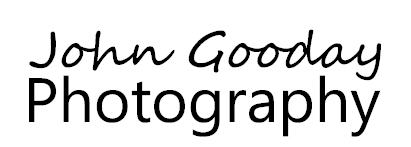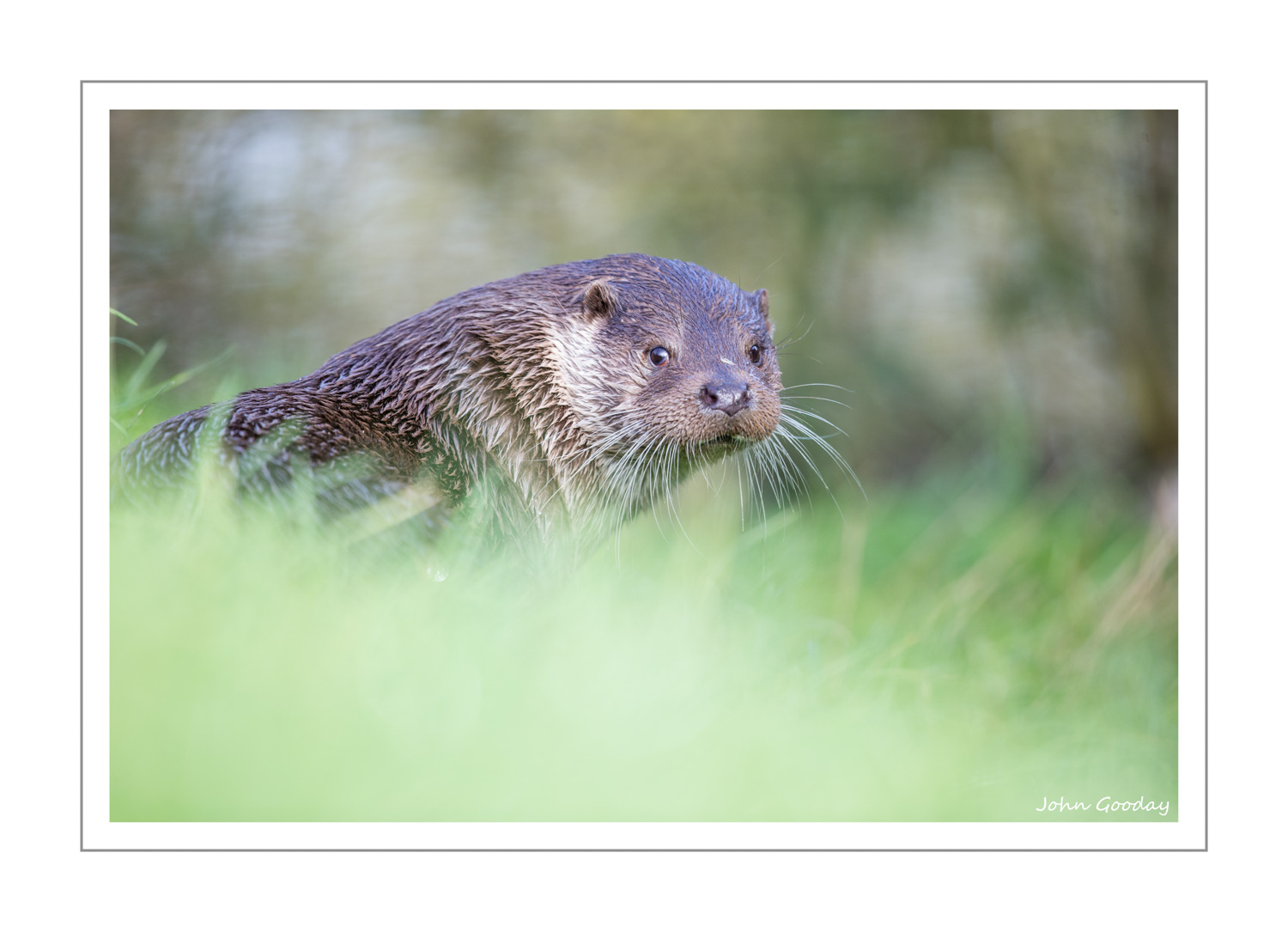Nov 06, 2014
I was recently challenged to post a black and white image a day on Facebook. As it happened, I'd also just read a blog article by South African wildlife photographer Morkel Erasmus on how he had re-evaluated his portfolio to identify images that would translate well to monochrome. These two events got me thinking hard about what sort of images might work better in monochrome and I decided to try and find a few candidates from my own work. Here's what I came up with.
(Image: Barn Owl coming in to land, Czech republic. Canon EOS 1DX, EF500mm f/4L IS II, 1/2000 sec @ f/7.1. ISO 3200)
(Image: Black-crowned Night Heron fishing after dark, Hungary. Canon EOS 5D Mark III, EF70-200mm f/2.8L IS II, 1/500 sec @ f/4, ISO 1600, 2 x 1000W halogen floodlights, tripod, hide)
(Image: Eurasian Eagle-owl in flight, Czech Republic. Canon EOS 1DX, EF500mm f/4L IS II, 1/1600 sec @ f/4, ISO 800)
(Image: Eurasian Lynx in snow, Germany. Canon EOS 5D Mark III, EF500mm f/4L IS II, 1/640 sec @ f/4, ISO 200, tripod)
I was aiming to produce monochrome images with impact, so I selected photos with simple backgrounds that would allow the subject to take centre stage. I also looked for contrast - particularly large areas of black or white that contrasted with the subject. All of the original colour images were adjusted in Lightroom for colour balance and exposure fine-tuning, and then sharpened selectively (using the automasking slider to select the subject for sharpening while leaving the background alone). I use Nik Silverfx for black and white work. It's used in a completely different way to Photoshop and Lightroom. I usually start by selecting the preset in the tool that is closest to what I'm trying to achieve. Thumbnail that shows how your image will look with each preset are displayed next to your original image which makes this very straight forward. I find that the presets are much better starting points than the Black and White presets in Lightroom / Adobe Camera Raw Then I adjust global settings: brightness, contrast, structure (a kind of sharpness) and colour sensitivity (how red, blue, green etc. will be mapped to grey).
Once this is done, it's time to drop 'control points' onto the image in places that need specific adjustment. The control points are circular areas which you can vary in radius and then set key parameters for (black/white emphasis, structure, contrast). The control points can be layered, or even linked together to cover different shaped areas of the image.
I suspect Silverfx is a bit of a love/hate thing - some people will find the absence of selection tools, brushes etc. and the alternative control point approach annoying. I find it makes me think very differently and try things I wouldn't have done in a Photoshop black and white conversion.
If you'd like to try SIlverFx, Nik (now owned by Google) allow you to evaluate the tool (and several others) for 15 days free of charge. Just go to: www.google.com/nikcollection/







